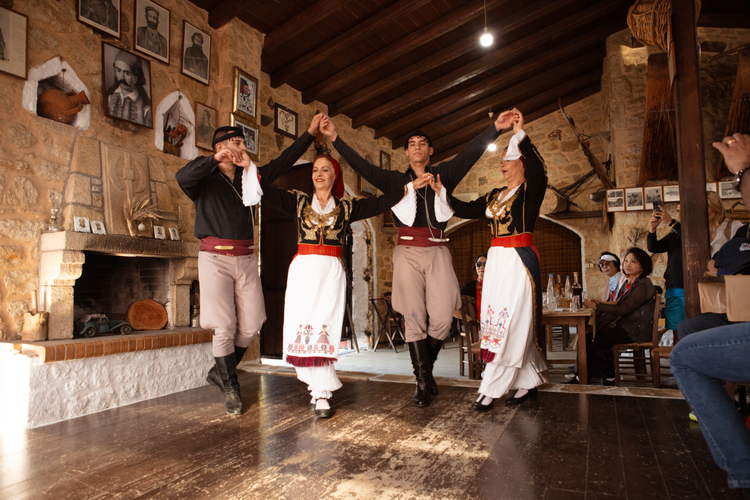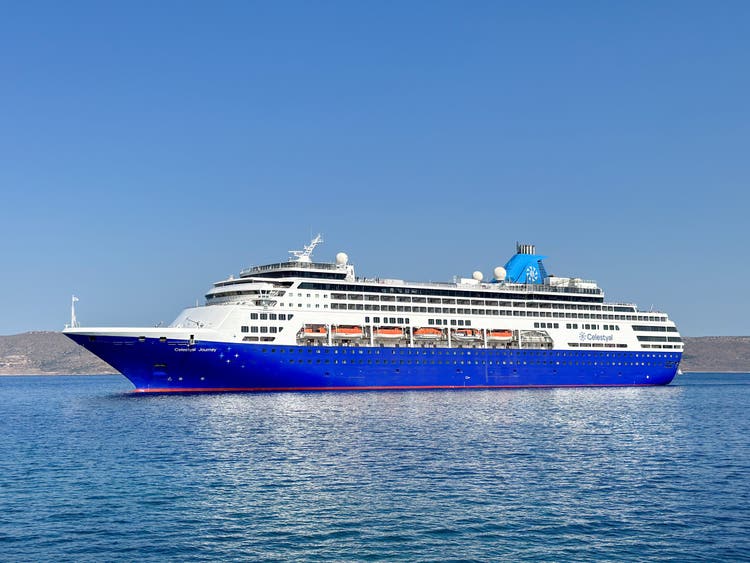includes-search-form
video

true
Destination
Any
Select destinations
Departure month
Any
Choose up to
/content/celestyal/gb/en/search
Discover cruises
score-badge
service
default
Discover Our Cruises
Our Destinations
Turn your cruise into an adventure as you delve deeper into a land of ancient wonder, modern delights, historic sights and stunning seas and sands.
Speak To One Of Our Cruise Experts
We offer our support for free, whenever you need it. Let our cruise experts assist you.







